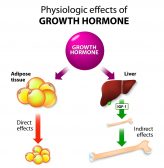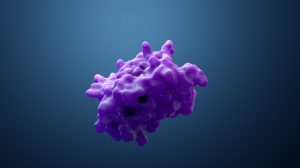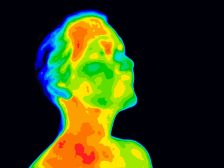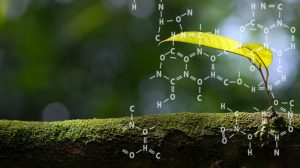Definition
noun
A linear mucopolysaccharide that is a major component of tissues, such as connective, epithelial and neural tissues, and with a chemical formula, (C14H21NO11)n, and a chemical structure that is the same across animal species and tissue types
Supplement
Hyaluronic acid is a mucopolysaccharide found as a major component of connective, epithelial, and neural tissues. Its chemical structure is not tissue and animal specific. It has the same structure across species and tissue types.1
Hyaluronic acid is a type of glycosaminoglycan (GAG). GAGs are an important component of the extracellular matrix of connective tissues. GAGs are categorized as either sulphated or nonsulphated. Hyaluronic acid is a non-sulphated GAG and this makes it different from other GAGs such as heparin sulphate, chondroitin sulphate, keratin sulphate, etc. Apart from this feature, another distinctive feature of the hyaluronic acid is it is formed from the cell membrane and not from the Golgi apparatus.2 It can be very large since its molecular weight can reach millions. It can absorb water more than 1,000 times its weight. It also binds with elastin and collagen. Their binding provides elasticity and volume to the skin. As the skin ages, the skin can only produce less hyaluronic acid and therefore results in facial wrinkles and folds.3
Chemical formula: (C14H21NO11)n
Abbreviation / Acronym: HA
Also called:
- hyaluronan
- hyaluronate
See also:
Mentioned in:
Reference(s):
1 Mauriello, J. (2004). Techniques in cosmetic eyelid surgery : a case study approach. Philadelphia: Lippincott Williams & Wilkins. p.278-279.
2 Vincent, J. (2007). Intensive care medicine annual update 2007. New York London: Springer. p.323-324.
3 Goisis, M. (2014). Injections in aesthetic medicine : atlas of full-face and full-body treatment. Milan: Springer. p.6







